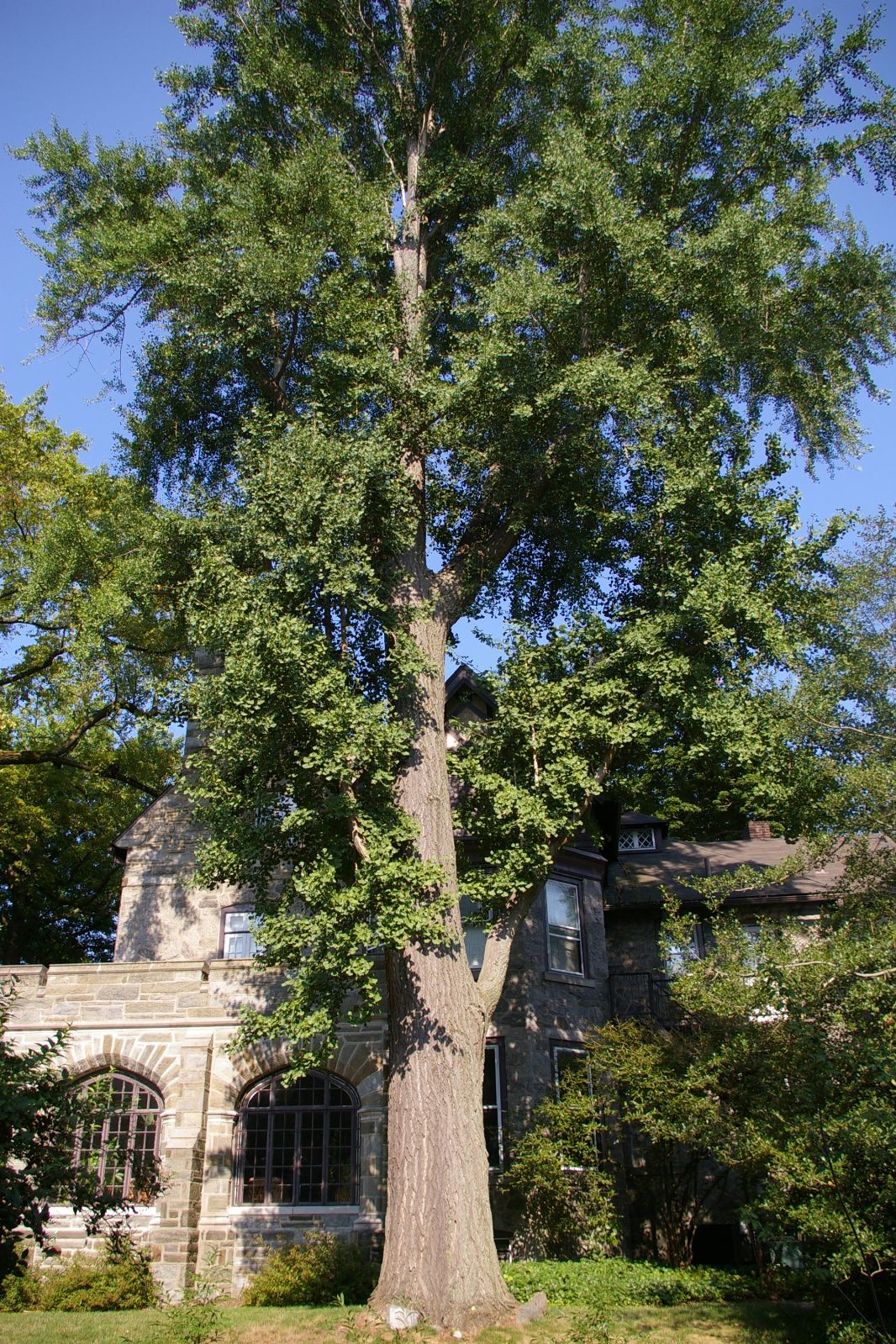Ginkgo
Sponsor
Kindly sponsored by
This genus has been sponsored and new text is being prepared.
Credits
Article from Bean's Trees and Shrubs Hardy in the British Isles
Recommended citation
'Ginkgo' from the website Trees and Shrubs Online (treesandshrubsonline.
Family
- Ginkgoaceae
A genus of a single species which was at one time regarded as a very distinct member of the Yew family (Taxaceae) but is now separated from the conifers (Coniferales) altogether and placed in an order – the Ginkgoales – of which it is the only living representative. This group was widespread in the Jurassic and Cretaceous periods. In the Tertiary it was overwhelmed by the advance of the conifers and angiosperms, but the fossil species G. adiantoides still grew in Europe during the Pliocene, the last epoch before the onset of the Ice Age. This species is scarcely to be differentiated from the living G. biloba. In other fossil species of Ginkgo the leaves are deeply lobed and the lobes in some species are themselves divided into slender segments.
The generic name Ginkgo derives from a Japanese rendering of one of the Chinese names for the tree. Sir James Smith considered the name to be uncouth and attempted to substitute for it the name Salisburia, and with some success, as it was widely used throughout the 19th century, although quite invalid.

